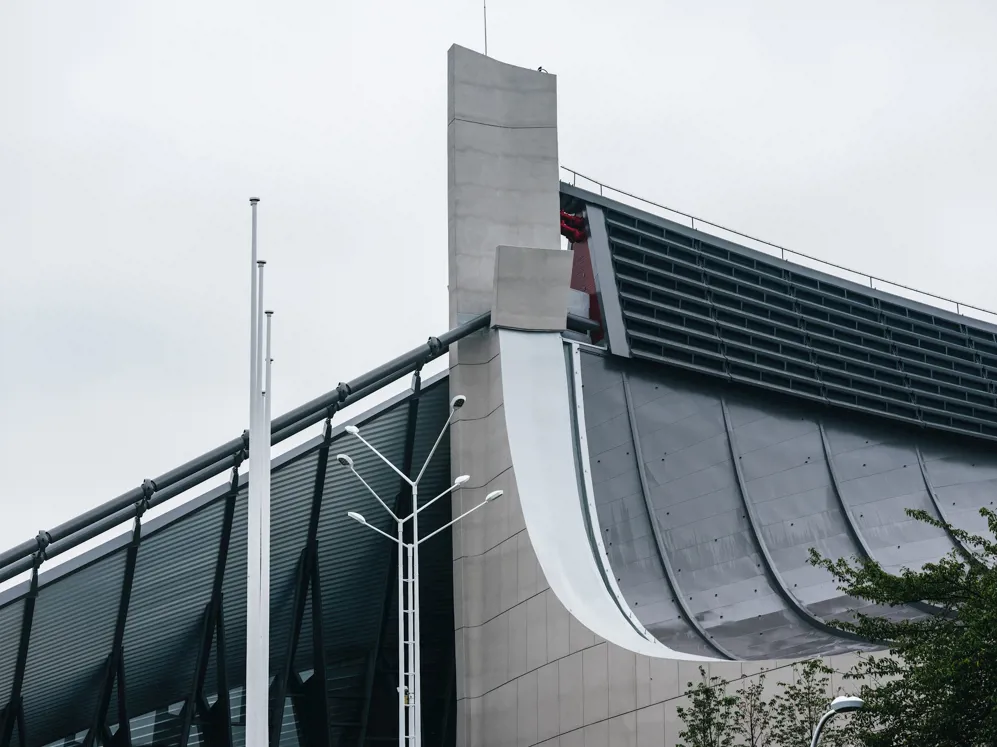
Words Frankie WechslerImages Sean Marc Lee
Architect Paul Noritaka Tange has made a tremendous impact on urban development in Japan, Singapore, and beyond. He began his career at the architectural firm of his father, modernist master Kenzō Tange, whose 1960 “A Plan for Tokyo,” featuring a linear series of interlocking loops expanding Tokyo across the bay, helped to define the city’s development over the following decades. Since taking over his father’s firm in 1997, Paul Noritaka Tange’s projects have included the Mode Gakuen Cocoon Tower in Tokyo’s Shinjuku district and Singapore’s UOB Plaza. Most recently, he helped create the 2020 Tokyo Olympic Aquatic Center for this year’s Summer Games, a project he was able to expound upon when he joined Further Tokyo: Urban Futures.
Paul Noritaka Tange: I mean it’s very simple. I do what I’ve learned working under my father for more than 20 years. We have the same architectural philosophy, but of course the times are different. He always talked about society—industrial society, information-oriented society—he always used this word, “society.” But at that time society was about what is in the center. Today, society is made up of the individual. So there is a different way of thinking—philosophies change. At that time, society was “Everybody go right”, and everybody went right, and then “Go straight,” and everybody went straight. That was the society in my father’s time. Today, it's more important to have individual ideas. With our work as architects, we are fulfilling the needs of the people. So in that sense, my father and I are the same. That has not changed. The environment and everything else is different— so our solutions are not necessarily the same. If my father was alive today, he wouldn’t be doing what he was doing then.
Tange: Well, I mean it has moved on. In the 1960s, the idea of creating a city on the water of Tokyo Bay—everybody thought my father was crazy. But he had the statistical background to know that the depth of the Tokyo Bay is not as deep as other bays around the world—so he knew it was possible. Urban access to Tokyo Bay has happened, only one tenth maybe, but it is moving ahead. Between that and this big center, the Fuji Television Headquarters and the whole waterfront area—this is the very beginning of my father's idea of 1960 “A Plan for Tokyo.”
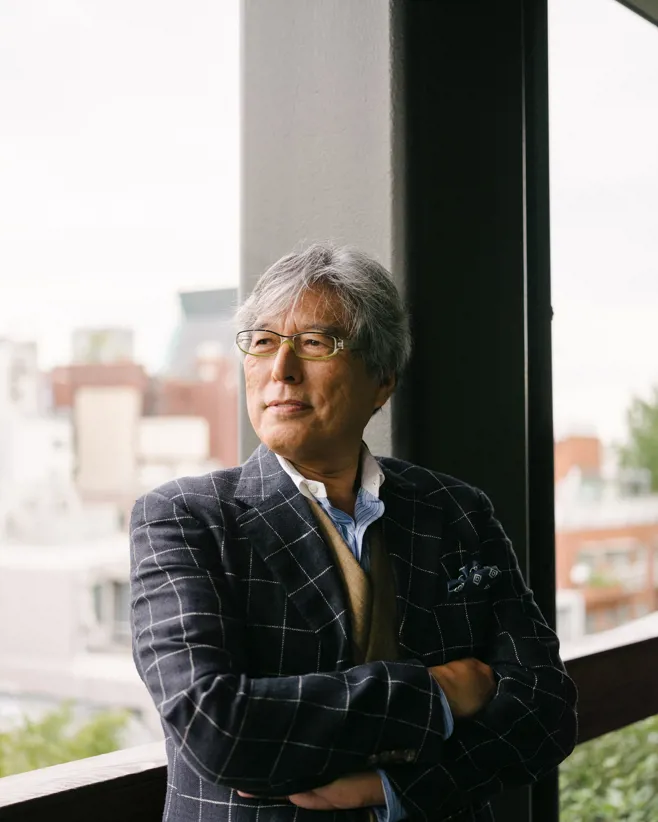
Tange: Right now, in terms of our work inside Japan versus outside of Japan, it’s Japan 30 percent, elsewhere 70 percent. Much of our work has actually moved from Japan to foreign countries. This is because we were wanted elsewhere, and we also realized that these are the new areas to develop. At the same time, Tokyo is unfortunately still a very conservative society. So architects like ourselves and many other people are looking for new ground elsewhere, where there’s more freedom. Unfortunately Japan faces issues around conservative thinking—so sticking out will be a problem for whoever comes. I think it a sociological issue for many creative talents, with many of them ending up outside of Japan because there's more freedom there.
Tange: Everybody is talking about globalization, but globalization is just a midpoint for us to realize how important the local flavor is. That's why whenever we go to different countries, we say, “I should have a conversation with the client”—but it’s not only that. We try to understand the culture, traditions, and history—not only of the country but of the city and of that particular site. Because the architecture has to be appreciated by the people there. So it’s about globalization versus locality. This is a reason that we are wanted in different places. We are very active in Taiwan, Singapore and all over Asia. It was our choice to concentrate on growth in Asia over the last 25 years or so. We used to be quite active in Europe as well, and the Middle East in the 1970s and 1980s, but we're an 80-person operation today. We don’t go over 100 people. That was my father’s belief—that if you go over 100 people, you don’t control the design. We have to concentrate on the area where the growth is, and we still believe Asia has a lot of potential. So now we are going not only to Singapore, mainland China, Taiwan, and Hong Kong, but also to Thailand, Indonesia, Vietnam, Malaysia, and the Philippines. So this globalization makes us move around a lot, and at the same time, that’s the reason that each city has to have its own character. I'm afraid that cities are losing their own identity, especially Tokyo.
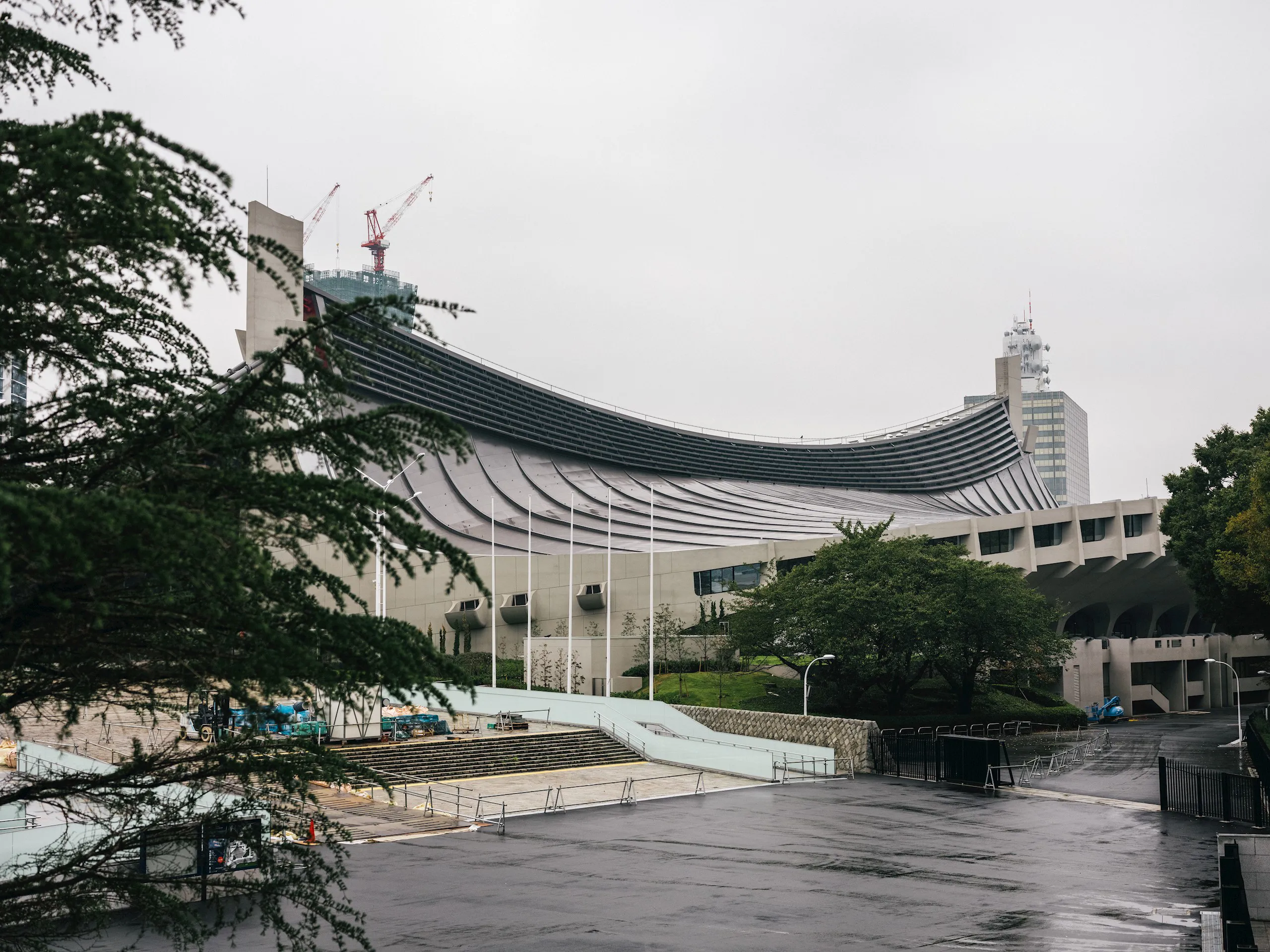
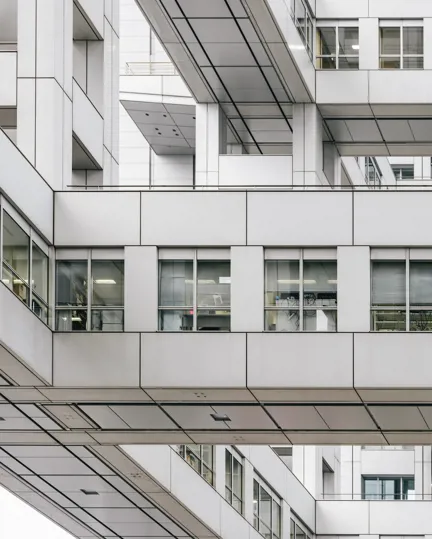

Tange: I don’t want to be negative, but I think unfortunately bureaucracy is creating problems. Before, there was a strong architectural community leader as a political leader, so everybody said, “Yes, we have to move forward. Japan has to reenter to the global scene.” That’s how it was in 1964. My father used to come into a hotel lobby, and the governor of such and such a prefecture would say, “Kenzō Tange, we are waiting for you. It’s great to meet you, I would like you to design my headquarters.” And if they did that today, they’d say, “You cannot decide this, even though you are the governor of the prefecture.” Everything is this bureaucracy. Democracy and bureaucracy are stopping all these things from happening, because everybody is worried. I think it’s a very strange world. We’ve advanced in many ways, but that we have gone backwards in other ways. But I think that’s the nature of today's society.
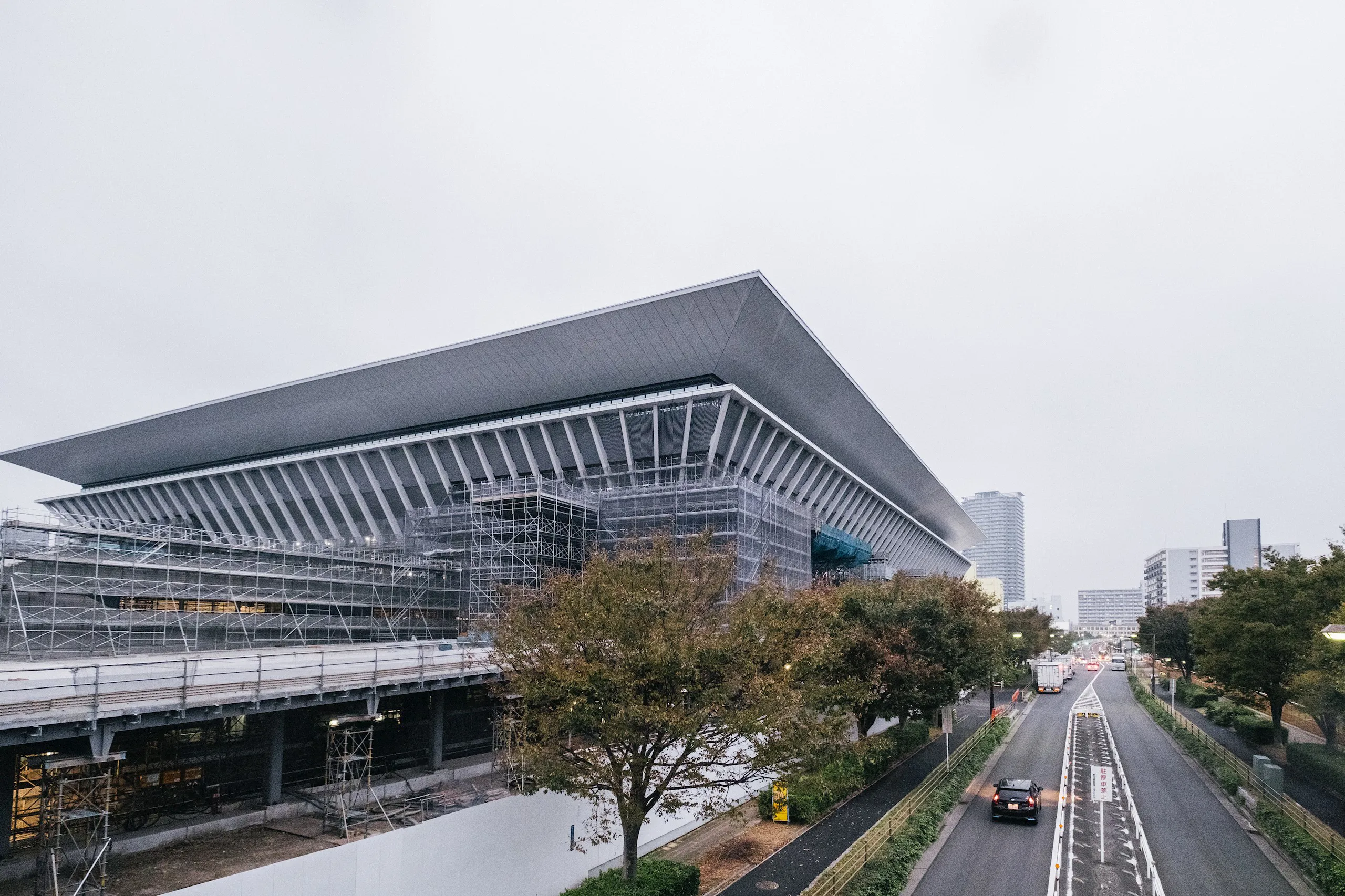
Tange: I think there was a big possibility that we could have advanced a lot, but unfortunately the situation is not as good as it could be. I mean, Japan will provide a fantastic Olympics, every facility will be ready, 100 percent or 120 percent, there’s no question about it. But I think we could have done better. I hope one day they will understand, and it’s not too late. This is the reason that I’m still hopeful. I went to pitch for 2016 Olympics—I went to Copenhagen with the leadership of the former governor Ishihara, but we lost to Rio. And from the time that we received the 2020 Olympics to now, there have been four governors of Tokyo. And every politician doesn’t want to do what other people decided. I’m hoping that we'll be somewhat involved in the 2025 Osaka Expo—my father did the 1970 Expo. We need strong leadership to advance in Osaka. There are a lot of things that we can do, but unfortunately many situations, to put it mildly, may become harder.
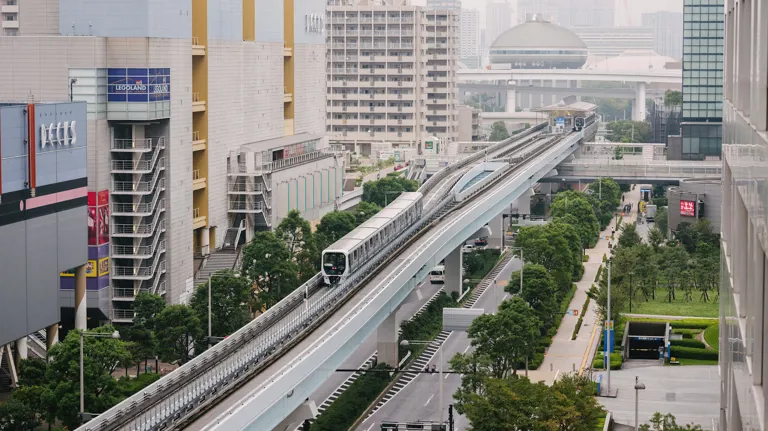
Further Tokyo
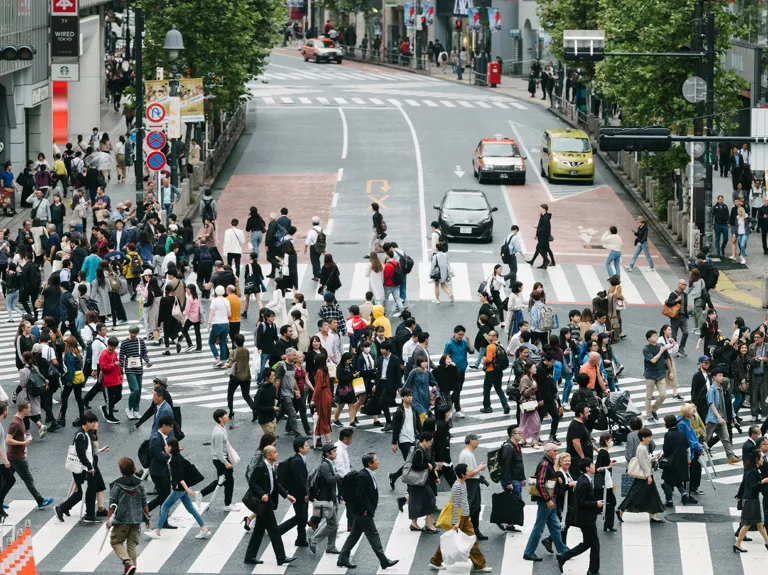
Further brought a group of architects, hoteliers and place-makers from across the Asian continent to Tokyo to explore new ideas about urban living and the cities of tomorrow.
Further Tokyo
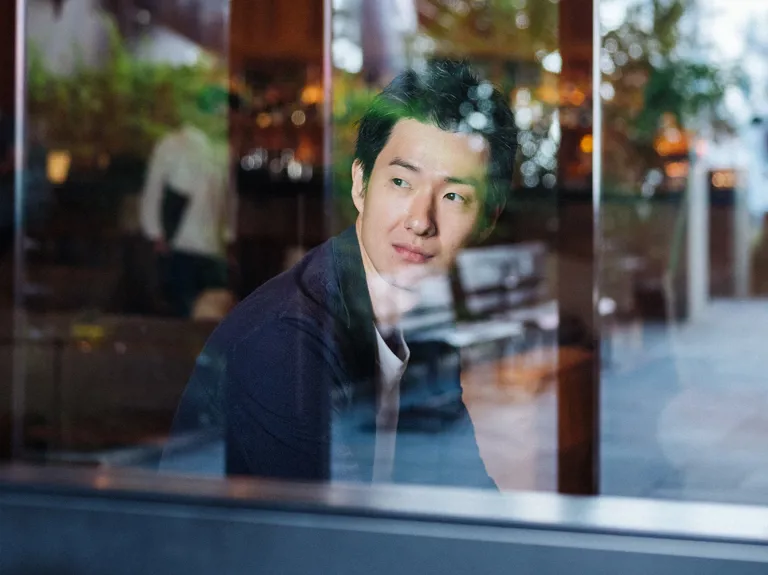
A nomadic approach to life and work is taking root in Japan. With his company InSitu, Yuta Oka is helping pioneer hotels, co-working, and co-living spaces that speak to a new hyper-mobile generation.
Further Tokyo
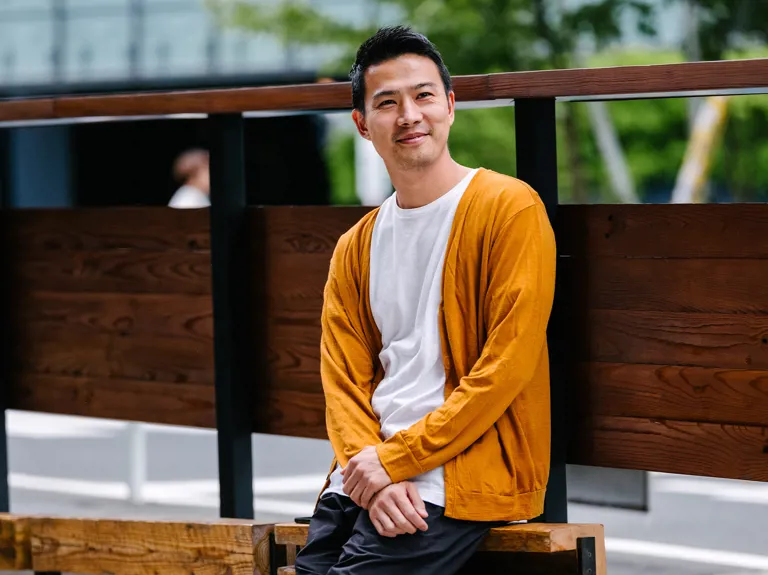
How do you increase quality of life within a neighborhood, a district, an entire city? Akihiro Matsui is on a quest to find out.